Last updated: January 3, 2025
Horse jockeys are a unique breed of athlete, known for their small stature and incredible skill. Their size plays a pivotal role in minimizing the burden on the horse and maximizing speed. But being a jockey involves much more than just physical dimensions—it’s a demanding profession that requires exceptional athleticism, strategic thinking, and mental fortitude.
With over 25 years of experience owning and training Thoroughbred racehorses, I’ve witnessed the dedication and resilience jockeys bring to the sport. In this article, we’ll uncover horse jockey size, the challenges of maintaining their weight, and how the racing industry is evolving to support their health.
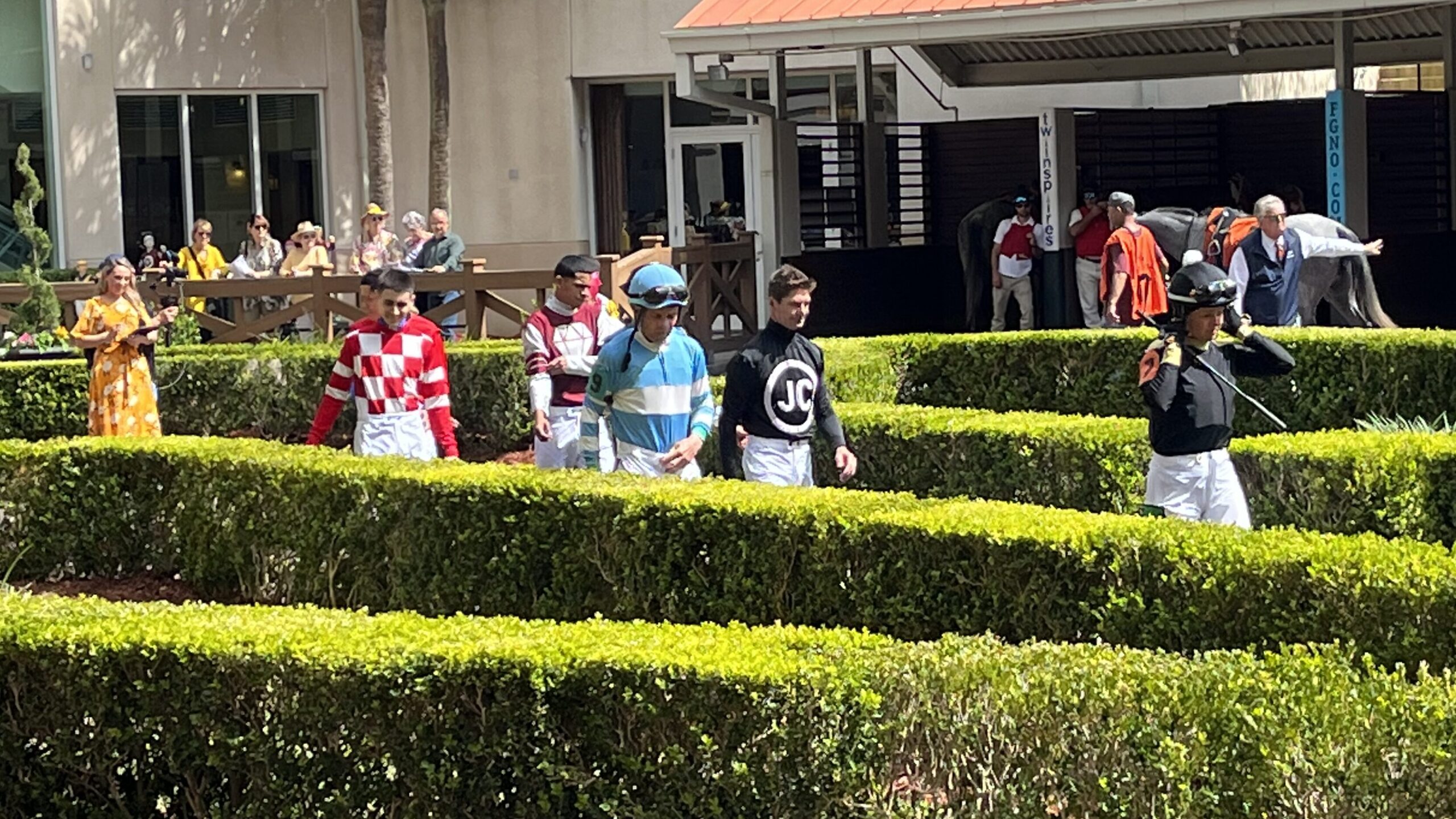
The Size of a Jockey
Jockeys are typically smaller than average adults, with height and weight being critical factors in their profession. On average, jockeys stand about 5’2″ tall, but their heights can vary since there is no official height limit. Despite their small stature, jockeys must possess remarkable strength to control a 1,000+ pound horse traveling at high speeds.
Male jockeys typically weigh around 113 pounds, while female jockeys average approximately 107 pounds. Specific weight limits vary based on the race and jurisdiction, but for flat races, the range is generally between 108 and 118 pounds. These stringent size requirements are designed to minimize the weight burden on the horse, ensuring optimal speed and performance. Racing authorities enforce these limits, making it crucial for jockeys to adhere to strict guidelines while balancing the demands of their profession.
The chart below compares the average height of male and female adults to that of jockeys, illustrating how their unique physical attributes make them ideally suited for this demanding profession.
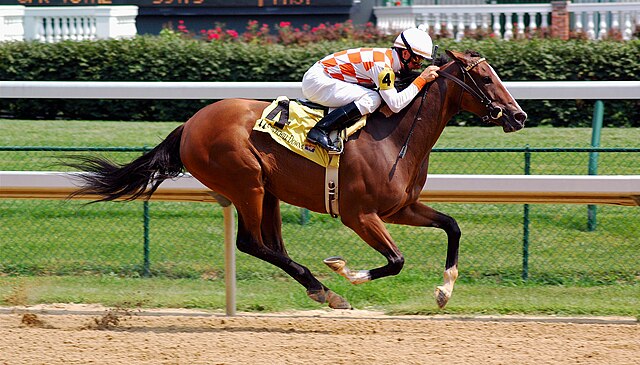
Weight Management and Jockey Health: Challenges and Solutions
Maintaining weight is one of the most challenging aspects of a jockey’s career. To meet strict race requirements—typically between 108 and 126 pounds, depending on the race type and jurisdiction—jockeys often resort to extreme measures, including:
- Strict Calorie Restriction: Diets as low as 600 calories per day leave many jockeys vulnerable to fatigue and nutritional deficiencies.
- Rigorous Exercise Routines: Intense workouts are necessary to burn calories and maintain fitness.
- Dehydration Techniques: Saunas, hot baths, and other methods are used to shed water weight quickly before races.
Jockeys are weighed before (“weighing out”) and after (“weighing in”) each race to ensure compliance with weight standards. Historically, these limits were even stricter, with early 1900s jockeys often weighing as little as 100 pounds. Today, weight limits for flat races typically range from 108 to 118 pounds, balancing safety, fairness, and performance while reducing the burden on horses.

Modern Approaches to Jockey Health
The long-term physical and psychological toll of traditional weight practices has led to significant changes in the industry. Many jockeys now collaborate with nutritionists and sports psychologists to adopt sustainable diet plans and manage the mental health challenges associated with weight management. These holistic strategies are particularly critical for those who have struggled with eating disorders or relied on harmful methods like diuretics in the past.
While these improvements have made the profession more manageable, challenges remain. Balancing weight requirements, protecting horse health, and ensuring competitive fairness is an ongoing process, but modern approaches are paving the way for a safer and more sustainable future for jockeys.
Academic Insights on Jockey Health
Studies have revealed significant health risks associated with the weight management practices required in horse racing. For example, a study titled “Body Composition and Bone Health Status of Jockeys: Current Findings, Assessment Methods, and Classification Criteria“ highlights the prevalence of low bone density among jockeys. This condition, exacerbated by the sport’s rigorous weight demands, increases the risk of fractures and long-term musculoskeletal issues.
Other health risks include:
- Cardiovascular Health Risks: Dehydration and nutrient deficiencies strain the heart and circulatory system.
- Psychological Strain: Anxiety and depression are common, stemming from the relentless pressure to meet weight requirements.
These findings emphasize the need for continued innovation in jockey health and wellness practices. By integrating insights from sports medicine and mental health professionals, the industry can help jockeys perform at their best without compromising long-term well-being.
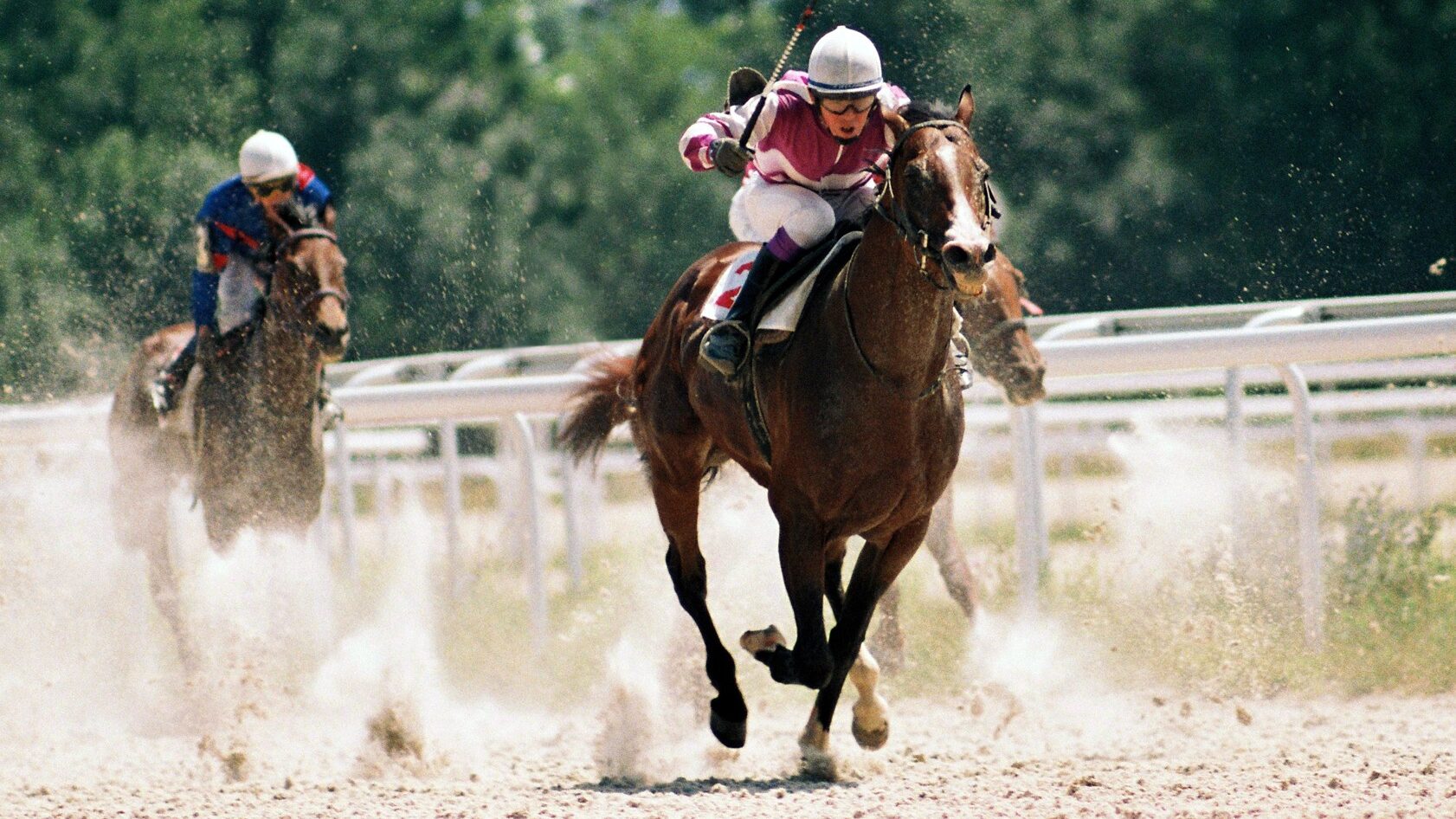
Weight-Making Practices in Horse Racing
Jockeys frequently adopt extreme weight-making practices to meet race-day requirements. According to “Weight-Making Practices Among Jockeys: An Update and Review of the Emergent Scientific Literature“, common methods include severe calorie restriction, dehydration, and intense exercise. These practices, while effective in meeting short-term weight requirements, often result in long-term health complications, such as cardiovascular strain and psychological stress.
Balancing Weight and Performance
From personal experience, weight assignments often present unique challenges. For example, one of the jockeys I work with is 5’9″ and struggles to get below 119 pounds. When I’m assigned a weight of 115 pounds, we sometimes race four pounds over. This delicate balance underscores the tension between maintaining competitive weight requirements and ensuring the jockey’s health and readiness to ride a 1,200-pound horse moving at speeds of up to 40 mph.
Despite their small stature, jockeys require exceptional strength and coordination to control these powerful animals. Success in the sport depends not just on meeting weight requirements but also on skill, strategy, and experience. By addressing these challenges through holistic health practices and evolving industry standards, jockeys can continue to excel without sacrificing their well-being.
Evolving Weight Regulations
The horse racing industry has begun addressing the dangers of extreme weight management by revising weight limits and implementing stricter regulations. For example, some jurisdictions now enforce minimum weights between 108 and 118 pounds for flat races, a significant improvement from historical norms.
Weight limits serve two critical purposes:
- Protecting Horse Health: Lighter jockeys reduce strain on horses, minimizing the risk of injury and improving performance.
- Ensuring Competitive Fairness: Consistent weight standards create a level playing field across races.
These evolving regulations reflect a growing awareness of the importance of balancing jockey health, horse welfare, and the integrity of the sport.
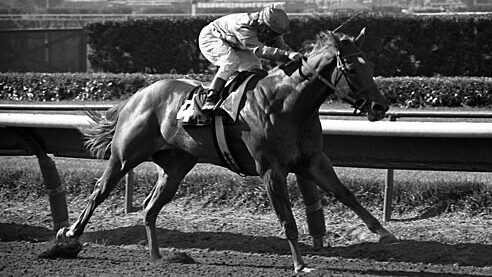
The Role of a Jockey
While a jockey’s size is crucial, their responsibilities extend far beyond physical dimensions. Jockeys must use skill, strategy, and physical prowess to guide their horses to victory. They are responsible for:
- Guiding the Horse: Controlling pace and position during the race, often under intense pressure.
- Making Strategic Decisions: Assessing race conditions in real time and deciding when to push the horse for maximum effort.
- Collaboration with Trainers and Owners: Working closely with trainers to understand a horse’s strengths and weaknesses, refining strategies for specific races.
Picture this: As the gates fly open, jockeys navigate through a crowded field, balancing on a speeding horse while assessing their competition. Each split-second decision can mean the difference between crossing the finish line first or fading into the pack. Beyond physical skill, jockeys must maintain focus, endurance, and the ability to adapt to ever-changing race dynamics.
These responsibilities showcase why a jockey’s expertise and strategy are as critical as their size, underscoring their pivotal role in the world of horse racing.

Silks and Racing Colors
On race day, jockeys don the registered racing colors (silks) of the horse’s owner or trainer, a tradition steeped in history. These vibrant designs not only distinguish horses during the race but also serve as a visual symbol of pride and identity for owners and trainers.
The practice of wearing silks dates back centuries, originating in England to help spectators and officials identify horses more easily. Traditionally crafted from silk fabric, modern silks are now often made from lightweight synthetic materials, offering improved breathability and performance. For example, these materials are designed to reduce drag and keep jockeys cool under intense racing conditions.
Some of the most iconic silks in racing history, such as the royal blue of Godolphin or the bold orange of Coolmore, have become synonymous with excellence in the sport. Each design is meticulously registered with racing authorities to ensure no two patterns are alike, preserving the uniqueness of every owner’s legacy.
Wearing silks is more than a race-day formality—it connects jockeys, horses, and owners to the sport’s rich tradition while showcasing modern advancements in equestrian performance gear.

Frequently Asked Questions About Horse Jockey Size
What is the average weight of a horse jockey?
Male jockeys typically weigh around 113 pounds, while female jockeys average about 107 pounds.
How tall are most horse jockeys?
The average height for horse jockeys is approximately 5’2″.
Why are there weight limits for jockeys?
Weight limits ensure the safety and fairness of races, focusing on skill and horse ability rather than physical advantages.
Have jockey weight requirements changed over time?
Yes, weight limits have evolved, initially being quite low and later adjusted for health and safety reasons.
Are female jockeys common in horse racing?
Yes. While historically male-dominated, recent decades have seen a significant increase in female jockeys.
How much do Jockeys earn?
Most jockeys earn between $30,000.00 and $40,000.00 per year. But pay can be as little as $28 per race and as much as $124,000 for a triple crown competition. As you can tell, a Jockey has a vast range of earnings.
Conclusion: Horse Jockey Size
Horse jockeys’ small stature is essential for their success, but their profession demands far more than size alone. These athletes combine physical endurance, strategic thinking, and an unwavering commitment to safety and performance, making them some of the most skilled competitors in the sporting world.
As someone with years of experience working alongside jockeys, I’ve seen firsthand the resilience and dedication required to excel in this demanding profession. Fortunately, the racing industry is evolving, with new practices focused on health and well-being paving the way for a safer and more sustainable future. These advancements not only benefit jockeys but also enhance the integrity and appeal of the sport itself.
What do you think about the challenges jockeys face? Are there aspects of their role that surprise you? Share your thoughts or questions below, and let’s continue the conversation about this fascinating world of horse racing.

Related Articles
- For more insights into the world of horse racing, explore our article on The Role of Jockeys in Horse Racing.
- Learn about the impact jockeys have on race outcomes in our piece How Much Difference Does a Jockey Make in Horse Racing?.
- Discover the significance of jockey techniques in enhancing horse speed in Do Jockeys Make Horses Run Faster? The Truth Revealed.
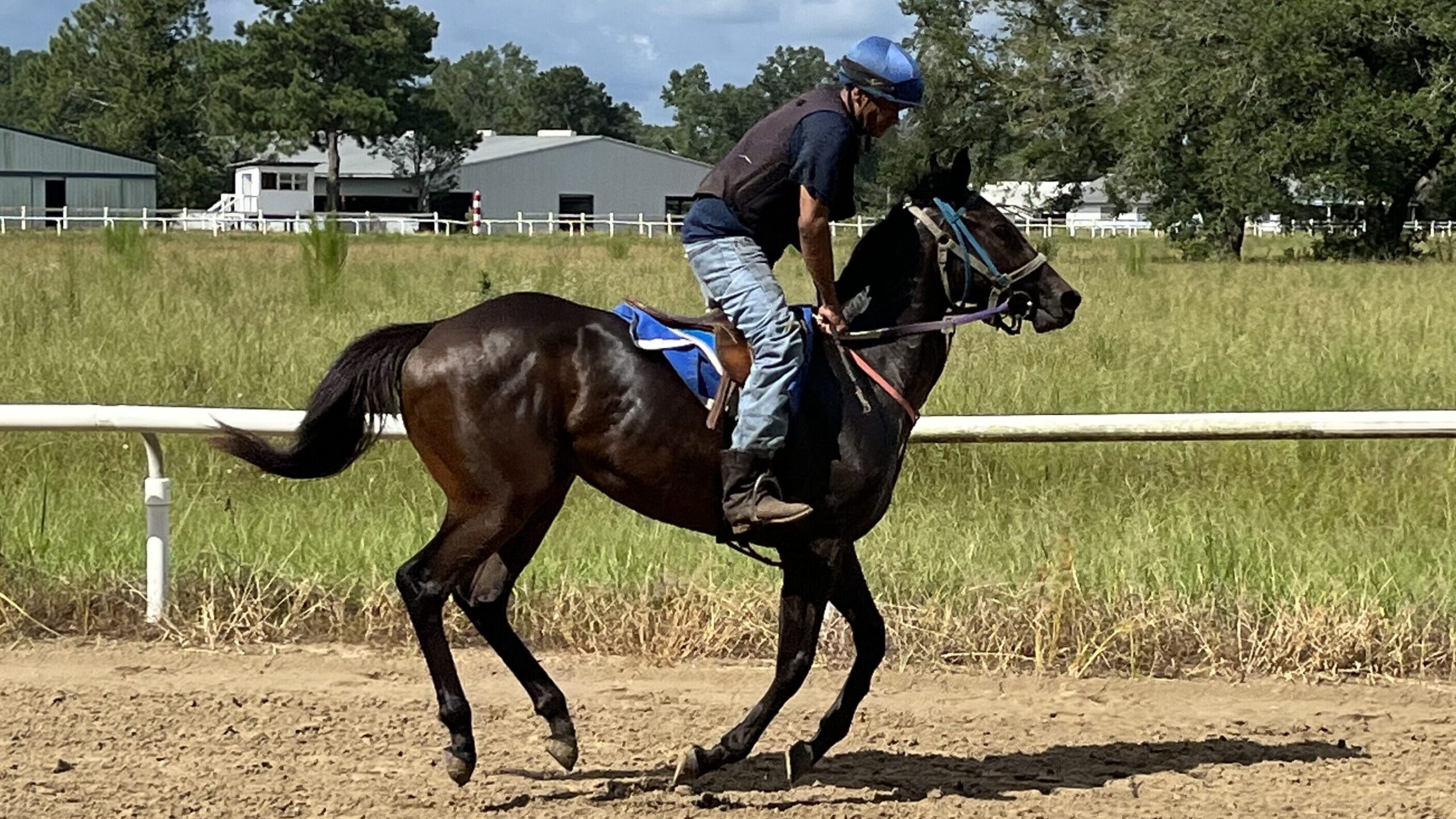
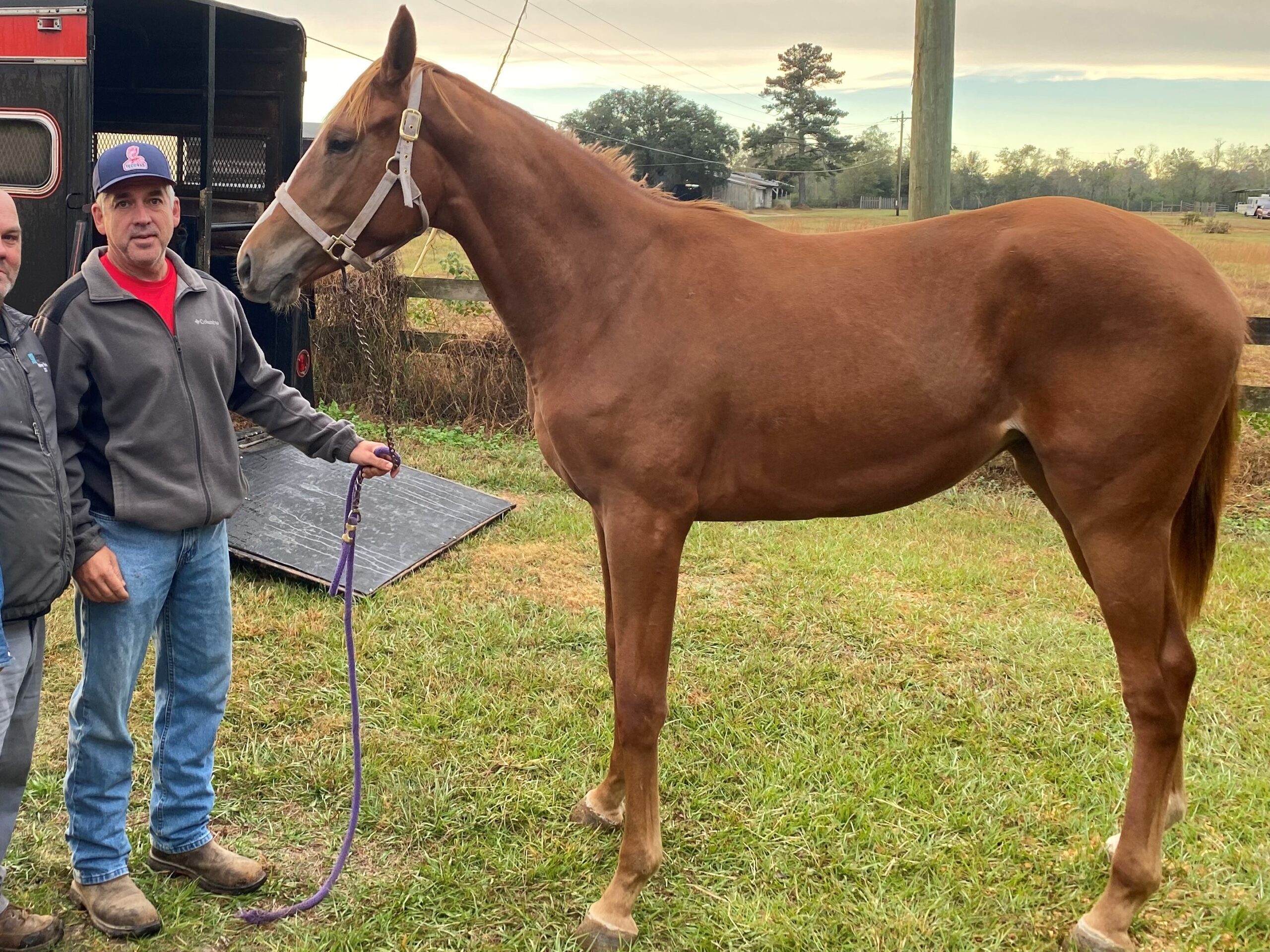
About the Author: Miles Henry
Lifelong Horseman | Racehorse Owner | Published Author
Miles Henry brings over 25 years of hands-on experience training and owning Thoroughbred racehorses. Raised with Quarter Horses and Appaloosas, he’s spent a lifetime learning from horses—on the track, in the barn, and in the field. Today, he runs a small but successful racing stable in Louisiana and shares real-world insights on HorseRacingSense.com, helping horse owners, fans, and bettors navigate the sport with confidence.
📚 Books: View Miles’s books on Amazon »
🎧 Podcast Guest: Animal Tales Ep. 32 |
YouTube Interview
📩 Newsletter: Sign up for racing tips and horse care advice »
🔗 Follow Miles:
Twitter |
Facebook |
YouTube


